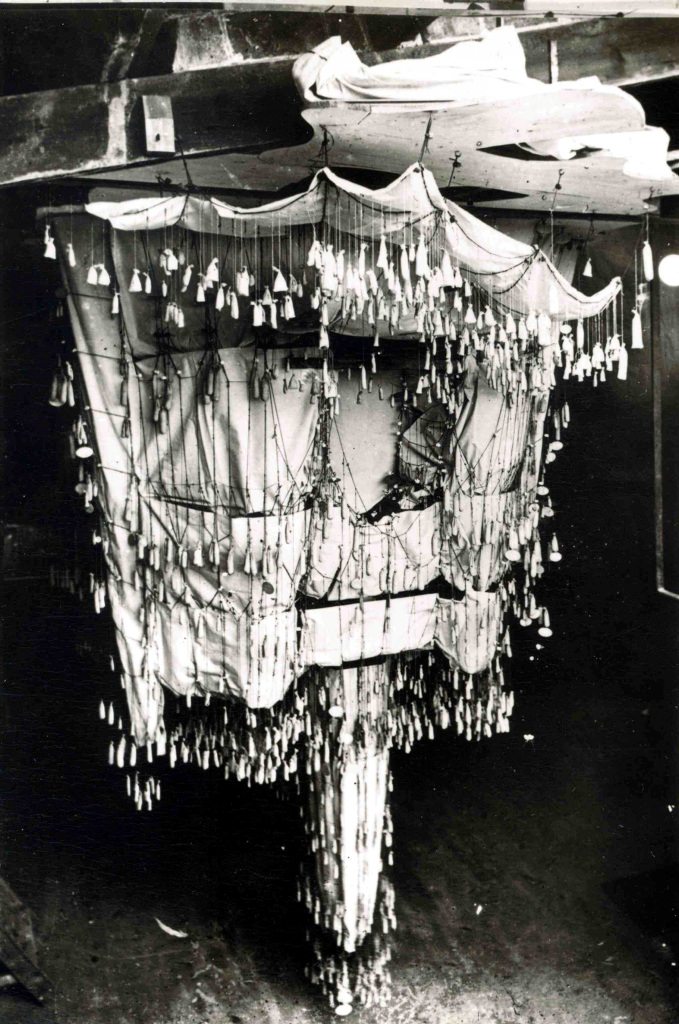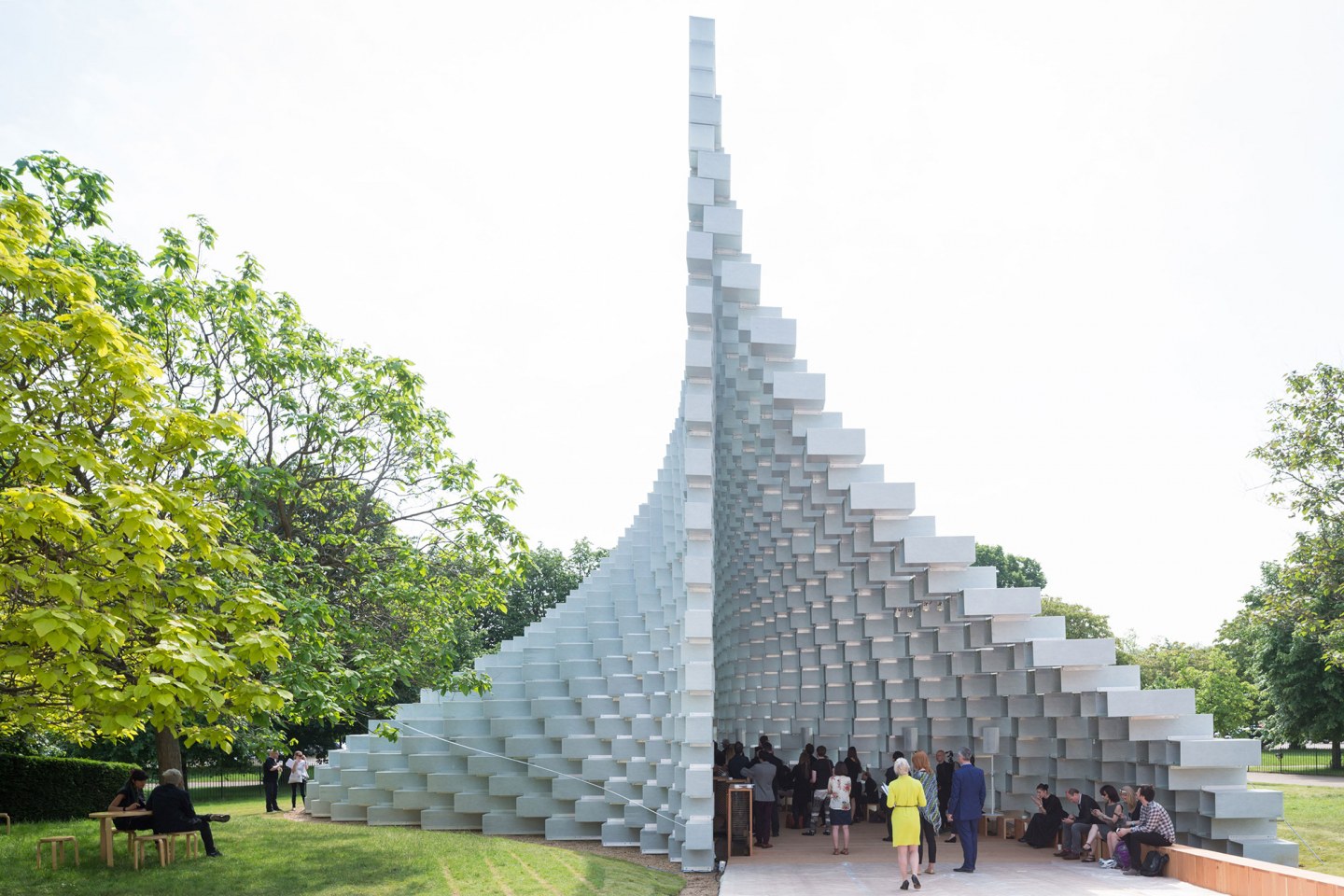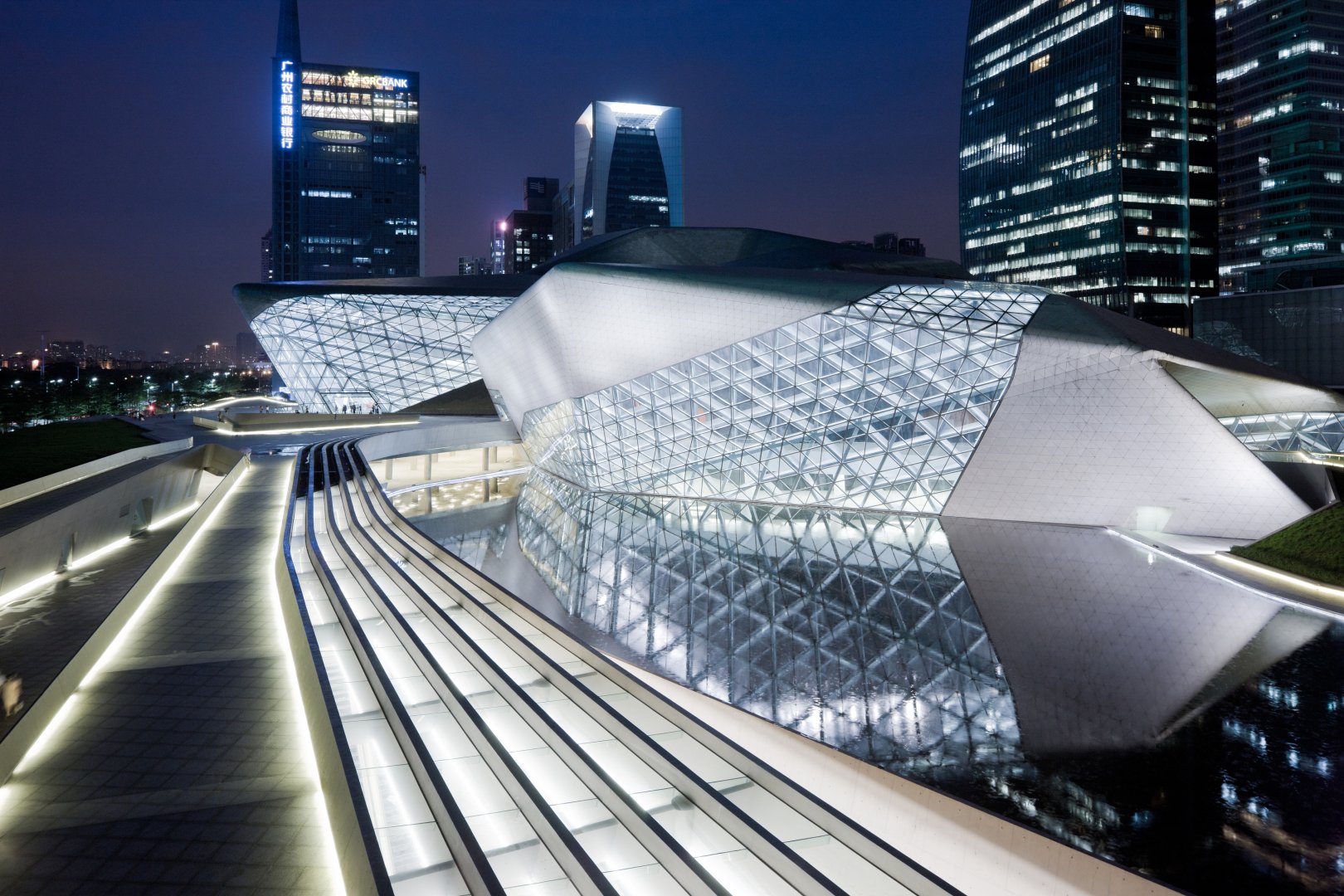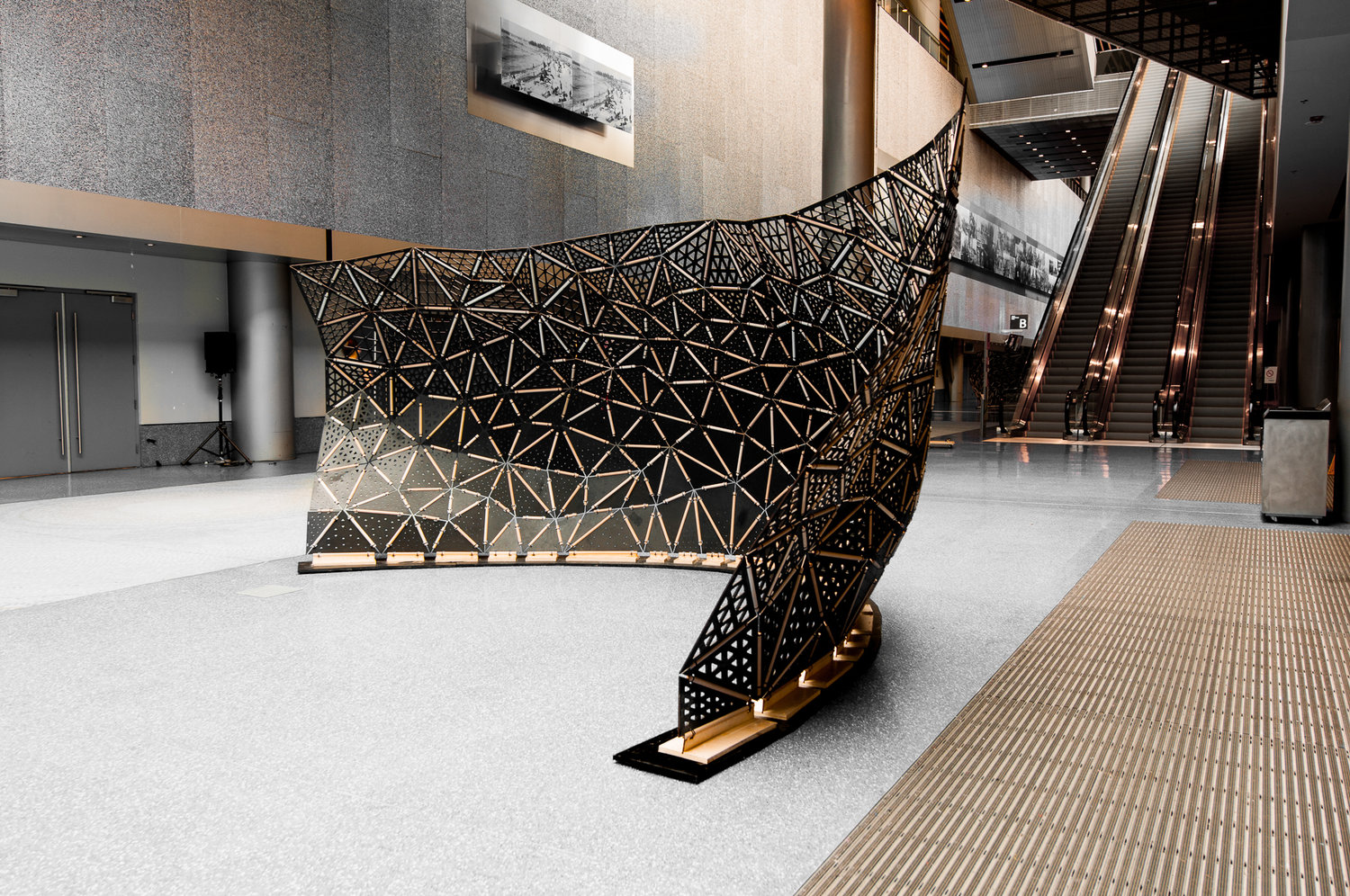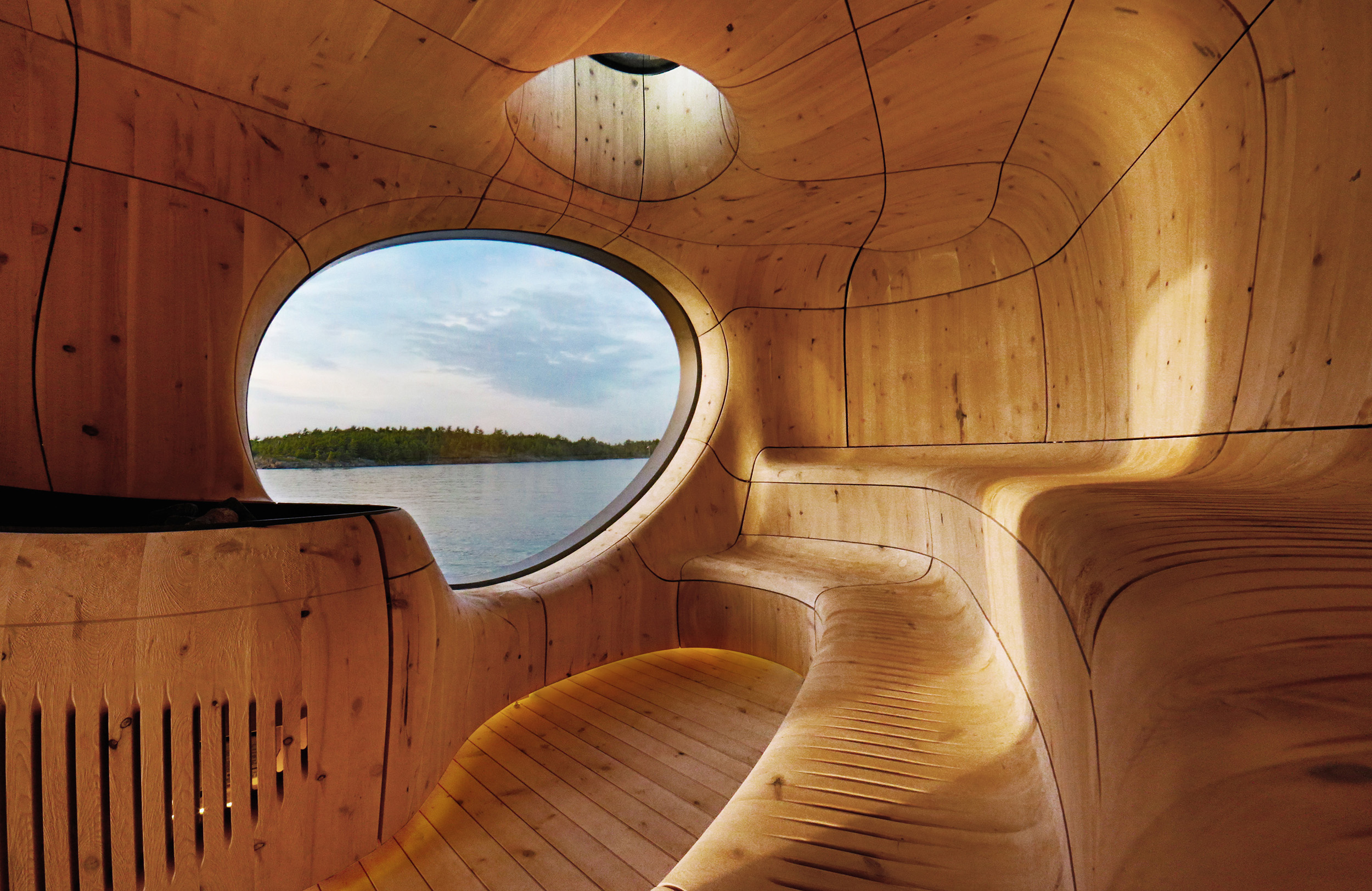What is Parametric Design?
If you’re reading this, you might already know about our work here at Studio Robazzo, including our focus on parametric design (also known as computational design). We’re currently the only studio on Vancouver Island specializing in it! But what is parametric design, anyway? What does it mean when something is created parametrically?
It’s hard to define in just a few words, and googling “parametric design” or “computational design” leads to some dry explanations that can sound a little too abstract. For example, Wikipedia says it’s “a paradigm in design where the relationship between elements is used to manipulate and inform the design of complex geometries and structures.” This is accurate but not that straightforward, and leaves most of us scratching our heads.
Let’s break it down.
A brief case study: the nubo light
The idea for this light fixture, which we designed for NUBO Japanese Tapas, was born from the design of Japanese wooden screens. We fine-tuned a model of an elegant curving form using a computer program called Rhino; the shape could then be manipulated because the software lets us generate different geometric forms by adjusting the parameters.
Like a spreadsheet, but more exciting
Think of it like a spreadsheet you’ve set up to make calculations; you choose which math function will be performed, input the different numbers, and your result depends on what those variables are. This is basically the parametric design process. (It’s not surprising that the term “parametric” does come from parametric equations in math.)
Game changer & time saver
Digital systems like this open a whole new realm in the designers’ tool kit. We can instantly update a 3D model of an object each time any of the constraints are altered. It’s also economical; the amount of time it’d take to manually design something like this lamp, and with so many iterations, would be cost prohibitive. With computational design, we can explore so many creative possibilities—without exhausting resources.
The program Rhino is based on a mathematical model commonly used in computer graphics for generating curves and surfaces. We operate Rhino with a plugin called Grasshopper, a visual-based programming language (pictured here), to create these forms.
Before computers: Gaudí’s Sagrada Família
Of course, parametric design existed before our digital times. Take the work of Antoni Gaudí, a Spanish architect whose work is famously found throughout Barcelona—he first used parametric techniques at the end of the 19th century.
To design the church of Sagrada Família, Gaudí created an upside-down model, using strings weighed down by birdshot. A mirror placed below the model showed what the chapel would look like right side up. Who needs computers when you have gravity? This still has all the parts of a parametric model:
A set of parameters:
Length of the string
Anchor point location
Birdshot weight
A set of outcomes: The various vertex locations of points on the strings.
The outcomes are derived from math functions: Gravity! Or Newton’s Law of Motion. The force of gravity acted on the strings to create the shape, which took away the need for Gaudí to do the math to produce a model.
An inverted model of Gaudí’s unfinished Colònia Güell church, which has all the components of a parametric model. He also used this experimental method to design the Sagrada Família. Photo credit: The Expiatory Church of the Sagrada Família.
Limited only by imagination
Hopefully you now have a better understanding of parametric design and the design possibilities it enables us to realize. Specialized software such as Rhino help us make products of any scale and for any industry (furniture, buildings, art pieces, clothing, jewelry—whatever you can think of). Modern designers are only limited by their mastery of these design tools and their imagination.
More examples of parametric design, large and small:
Bringing the designs to life
In a future blog post, we’ll talk about how we bring these forms to life with computer-controlled manufacturing techniques, also known as digital fabrication, which include 3D printing, laser cutting and CNC routing.
Interested to learn more?
Click here to read our follow-up post, “Intro to 4 Basic Computational Design Typologies”





